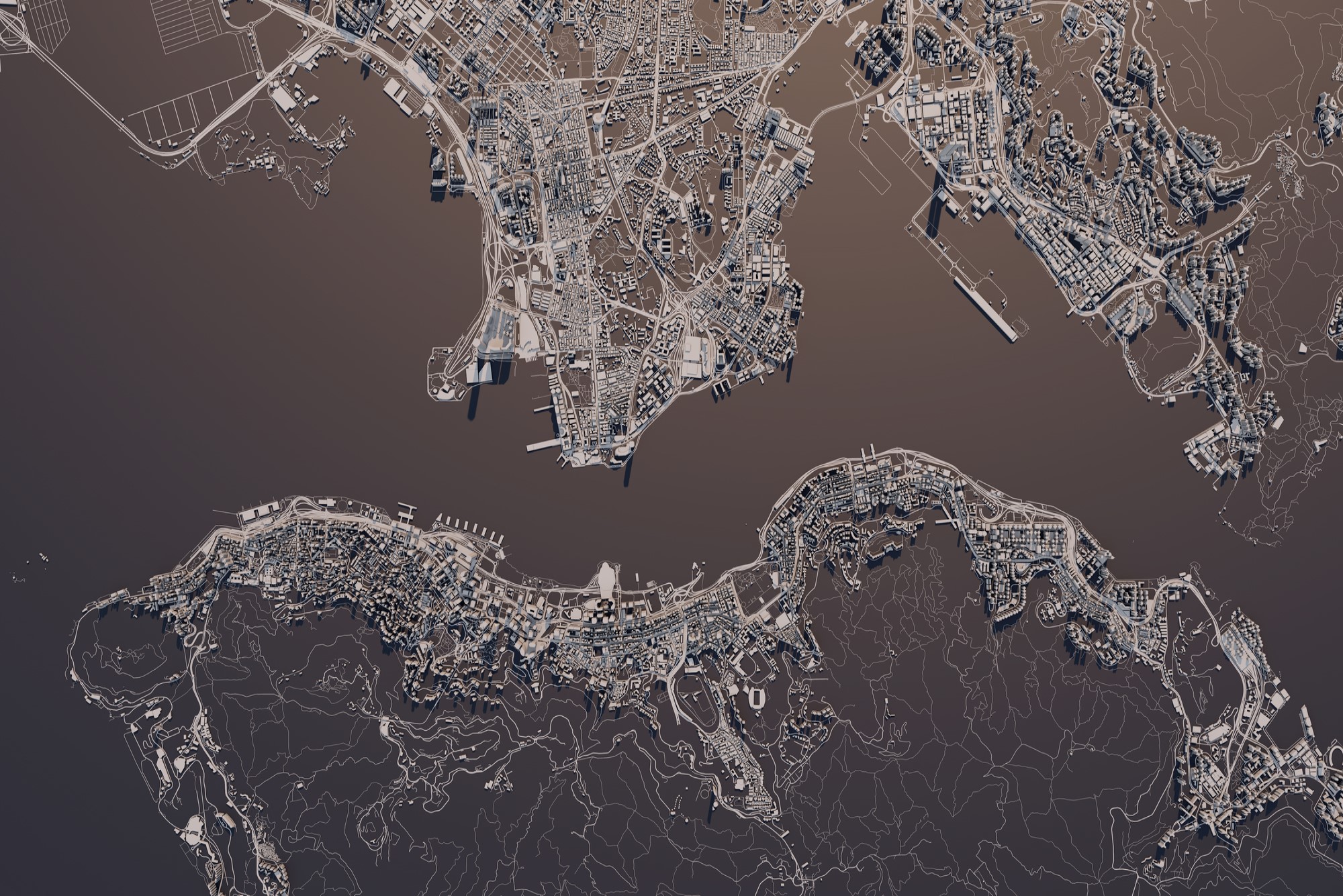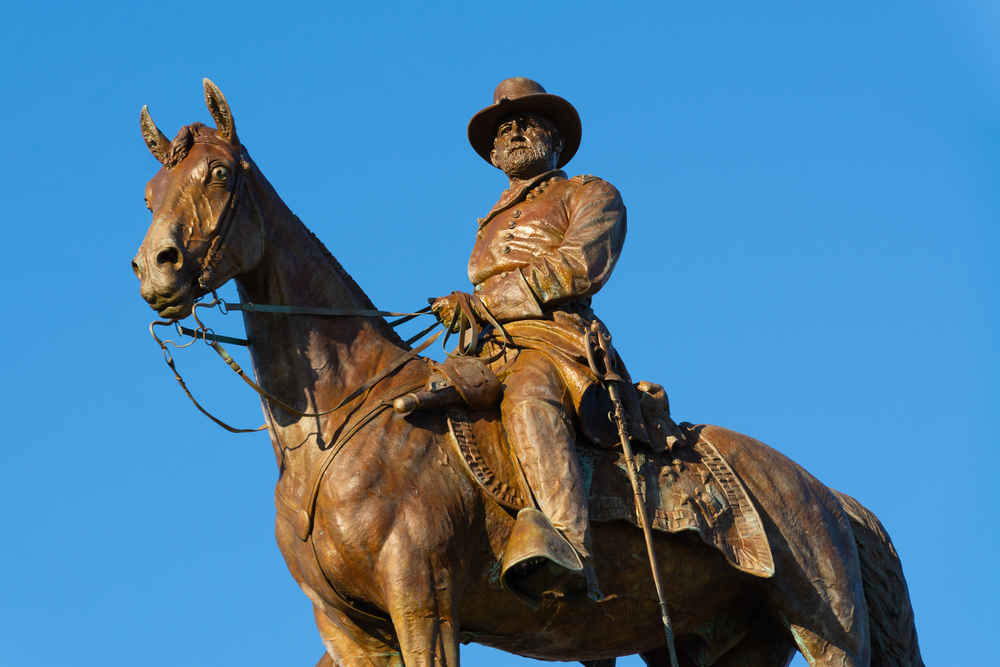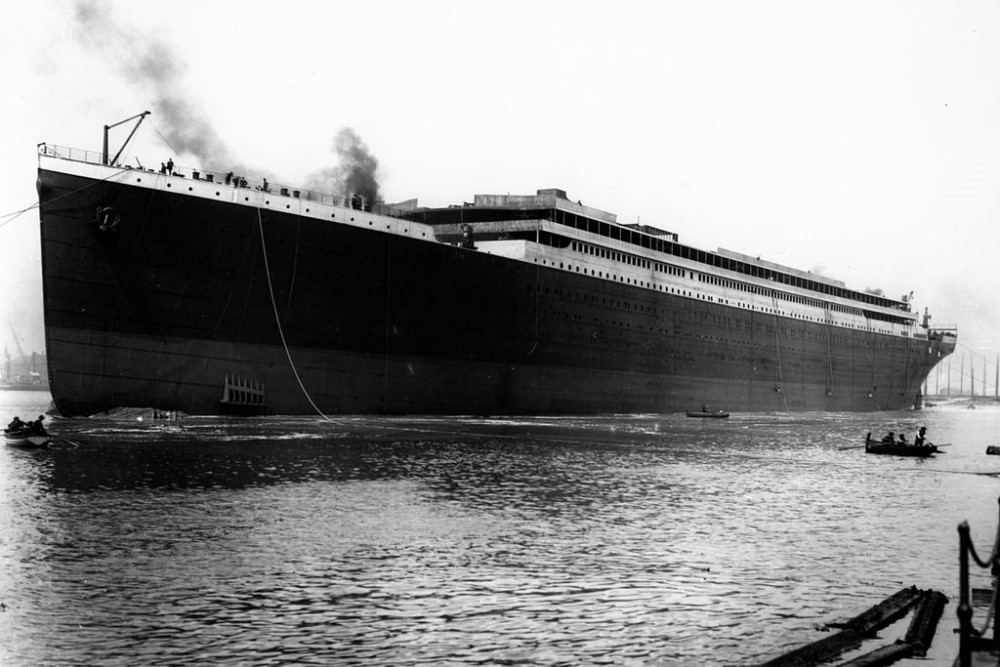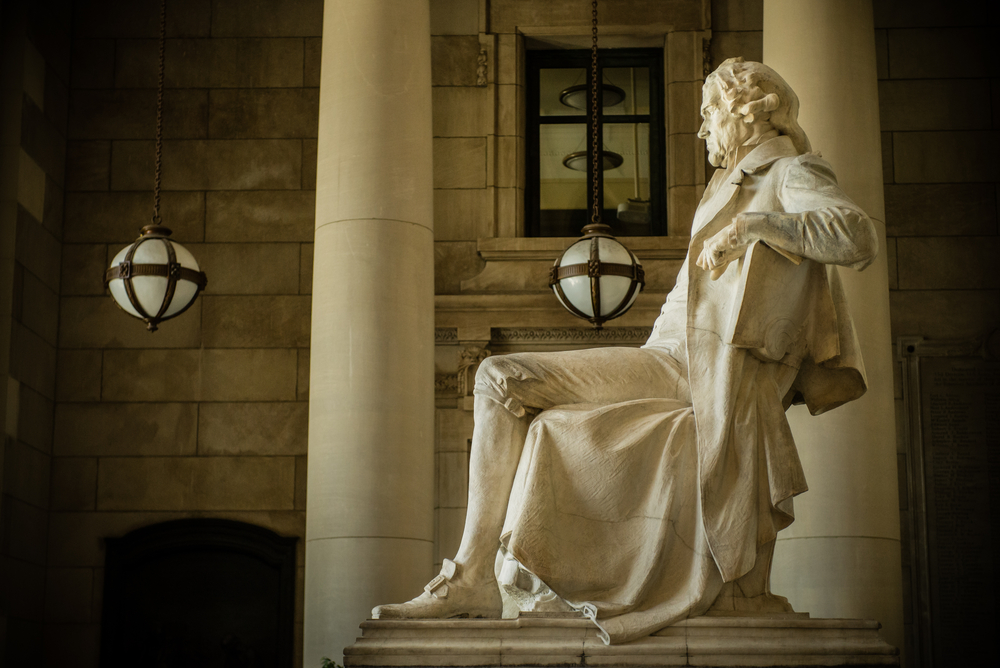Remembering the Underground Schools of Kosovo
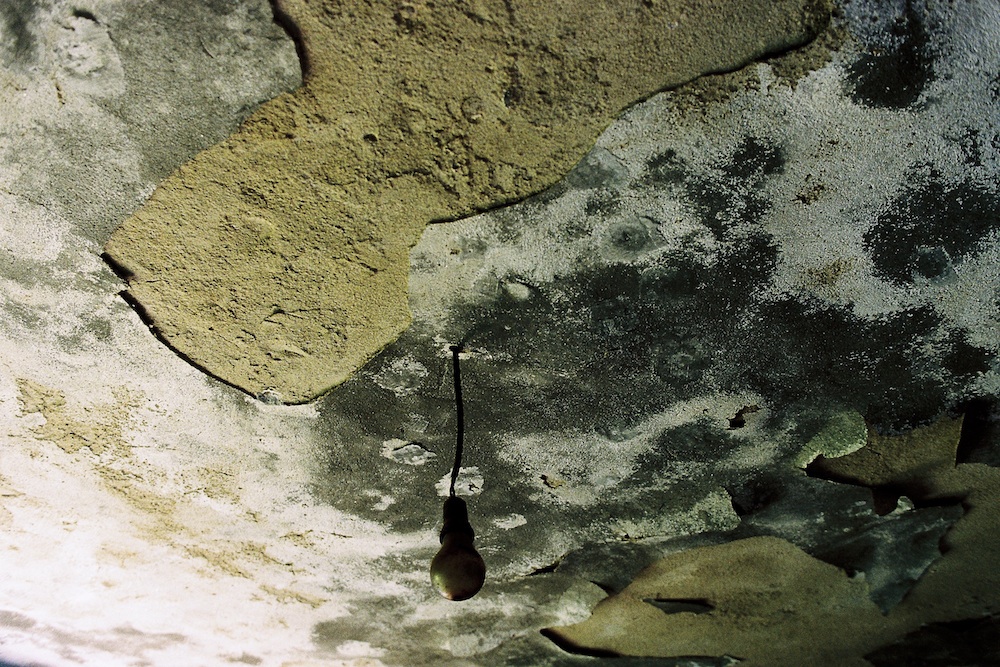
An abandoned school lies among the neighborhoods dotting the outskirts of Prishtina, Kosovo’s capital city. Forgotten by some and removed from the public eye, the school is unimposing, yet instantly recognizable. Jutting out amongst the winding alleyways, the building’s unmistakeable silhouette rises above the surrounding homes. The home is now abandoned, its fire-blackened walls crumbling into the hallways. There are few indications that it used to be a place of learning; looking from the outside, it appeared to simply be a burned-out shell of a building. Yet the piles of desks and faded chalkboards at the head of several rooms made the building’s former purpose clear.
The home was never meant to be a schoolhouse. But when Slobodan Milosevic rose to power in the late 1980s, his attempts to place Kosovo under Serbian rule necessitated it. Throughout the early 1990s, the Serbian government pursued an agenda of “de facto apartheid,” as one person living in Kosovo described to me. After Serbia’s government forced through constitutional amendments invalidating Kosovo’s autonomy, Kosovar Albanians began to suffer arbitrary firing from jobs, an epidemic of routine police violence, and a gradual “Serbianization” of cultural and governmental institutions.
Soon enough, Kosovo’s education system became a central expansion of this policy. By 1992, the majority of ethnic Albanian students had been forced from their schools, leading Kosovo’s unofficial Albanian government to push for the parallel education system. Over the next several years, the vast majority of Kosovar Albanian students studied in underground schools, using smuggled textbooks and following a curriculum based in their own language and history. Often-violent police crackdowns on the schools were common, teachers sometimes worked without pay at all, and many of the schoolhouses were markedly under-equipped for their newfound purpose. Yet their persistence came to form a central component of Kosovar Albanian nonviolent resistance to Serbian rule.
For an entire generation of Kosovar Albanians, the parallel education system formed a central component of growing up in the 1990s. Yet today homes like the one I visited sit empty, destroyed or repurposed, with few indications of their former importance remaining. The only memorials that do remain are scattered statues of the nonviolent resistance’s political leaders, as well as homes like the one I visited, which are maintained by private owners and without government assistance.
It was a poignant image, and one that eventually led me to conduct a month of independent research in Prishtina. I wanted to follow the traces of the Kosovar Albanian nonviolent resistance in contemporary Kosovo, to see how it is remembered today, both by those who lived through the nonviolent resistance and the generations that came after. In doing so, I spoke to activists, scholars and students concerned with preserving and investigating Kosovo’s recent history. Their testimonies provided a picture of a recent history torn between ambiguity and competition, where remembrance of the past is often colored by the politics of the present.
Few sights reinforce this interweaving of past and present more than the commemorative military statues in Kosovo. The bronze men stand guard over boulevards all over the country, rocket-propelled grenade launchers and rifles held valiantly in hand. Their presence is imposing and, as one professor at the University of Prishtina pointed out to me, invariably masculine. This appears to be true throughout Kosovo, where the face of sacrifice and loss is often that of a male soldier. In Prishtina, only one monument exists to honor the sacrifices women made during the war – the “Heroinat” sculpture, an artwork that sparked outcry when its design, featuring an almost-sensual depiction of a woman’s face, was unveiled.
This heavy commemoration of Kosovo’s military sacrifices also reinforces a lack of remembrance surrounding the nonviolent resistance. These hegemonic military narratives have dominated Kosovo’s public discourse, a trend that some of my interviewees argued stems directly from contemporary politics. The political party of the Kosovo Liberation Army still enjoys significant influence in the country today, and extensively commemorating their legacy helps cement perceptions of their power, both in the past and present. The same can be said of the LDK, which originally championed Kosovo’s nonviolent resistance, although memorials dedicated to their legacy are nowhere near as ever-present. In this regard, remembering Kosovo’s recent history has become a competitive affair, where monuments and statues are used to stake out political influence rather than portray a more balanced view of history. Ultimately, it is remembrance of the nonviolent resistance that has been significantly obscured by this competition.
This problem is not only one that those in Kosovo are facing. Questions of memorialization are particularly salient in Belgrade, where destroyed buildings and monuments to those killed in the 1999 NATO bombing still dot the cityscape. In the week before the Srebrenia genocide’s 20th anniversary, the leader of the Bosnian Serb entity, Republika Srpska, called efforts to remember Srebrenica as a genocide a “lie,” and instead drew attention to competitive narratives about memorializing the ethnic Serb victims lost in the region. And in the Bosnian town of Visegrad, Bosnian Serb officials forcibly removed references to genocide from a memorial recognizing the massacre of Bosniaks during the war.
But before decrying the state of memory in countries like Kosovo, it is necessary to first look inward. Under scrutiny, it would appear that the United States’ history is hardly any different. The last few weeks in the U.S. have been marked by prominent debates over the Confederate flag, and what role its legacy plays in contemporary society. Though somewhat clarified by the passing of decades, these debates still draw from alternative histories: that of states’ rights versus that of slavery, of heritage versus racism. They rage over flags, marble statues and thick cardboard-bound textbooks, signifying that, even after over one hundred years, our history too is marked by present political influences and competitive narratives.
With time, and as more information about the 1990s comes to light, one would hope that the issues surrounding memory in countries like Kosovo will grow smaller. But any solution will also be the product of the hard work done by activists and scholars, people willing to document and disentangle the complex narratives feeding misunderstanding of the past. Often disdained by the government and individuals uninterested in diving back into the traumatic past, the under-appreciated work of these organizations is nonetheless critical to a better understanding of Kosovo’s recent history. Artists have sought to fill in this gap in commemoration, as well. In particular, Alketa Xhafa-Mripa’s Thinking of You, which features dresses strung throughout Prishtina’s football stadium, works to point out and undo the silences surrounding sexual violence during the war. Though these trends have not seen widespread adoption throughout Kosovo, they are nonetheless significant steps forward.
For the time being, then, it appears that schools like the one I visited may remain in disrepair. Yet, in a visit to the school during my research period, I heard it once again filled with the voices of students. This time it was a group of college students from the University of Prishtina, visiting with their professor to learn about the nonviolent resistance. It was an encouraging sight, seeing an oft-forgotten history passed on in this manner. Even as the politics obscuring these histories continue to play out, there will always be those willing to carry them on. And, for countries like Kosovo, it is upon these efforts that peace and reconciliation will hopefully be built.

